A Hairstyle Has Been Resurrected. Let's Mullet Over.
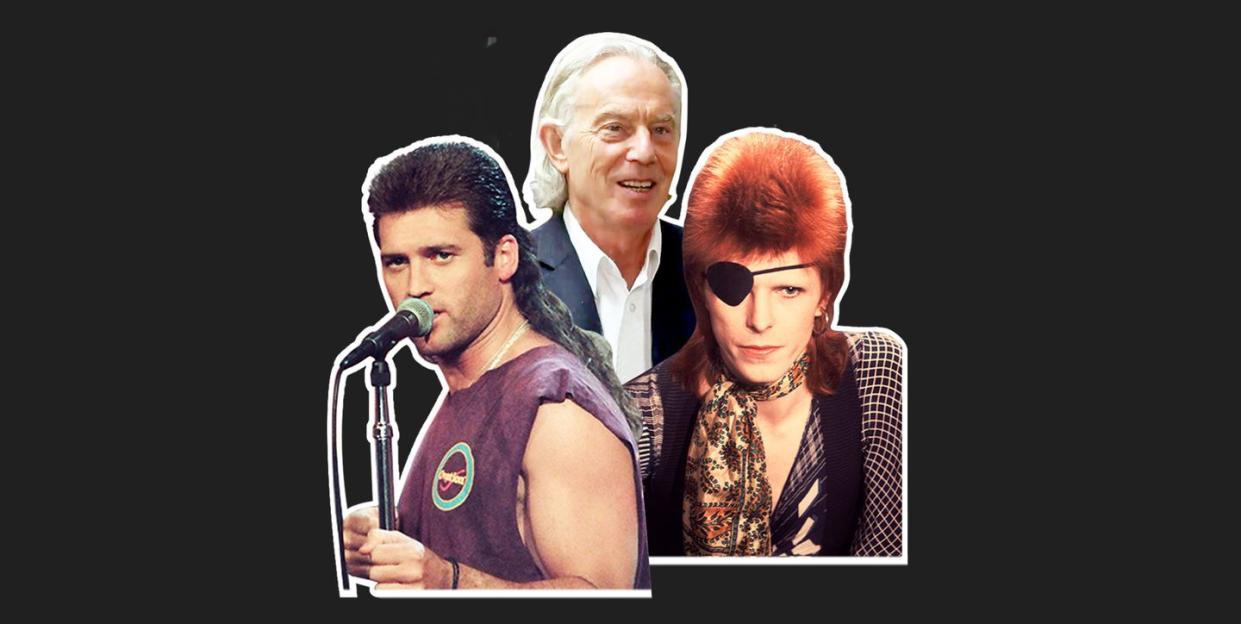
- Oops!Something went wrong.Please try again later.
It was a Wednesday when the internet told me that Tony Blair had a mullet. I, for one, was aghast. Immediately, I hit the world wide web to find an image of it—Tony Blair Mullet 2021. Words that simply should never be put together. But when the image popped up, I was relieved (and perhaps a bit sad) that Britain's former Prime Minister does not, in fact, have a mullet. He has what I would call a Paul Raci: the kind of haircut your dad's cool retired friend has. He works on classic cars and owns a Zippo. He might occasionally consider wearing it in a pony.
Do not get me wrong. Blair's aesthetic is certainly a choice, but even paired with a receding hairline, flowing and faded locks do not a mullet make. No, a mullet is a special creature. I wasn't stunned that the British got this wrong, considering that they refer to cookies as biscuits, but any mistake is an opportunity to learn. Considering that mullets are having a resurgence, it's best to know how to identify one in the wild.
That brings us to Mullet Chat: a place for us to identify, classify, and justify mullets.
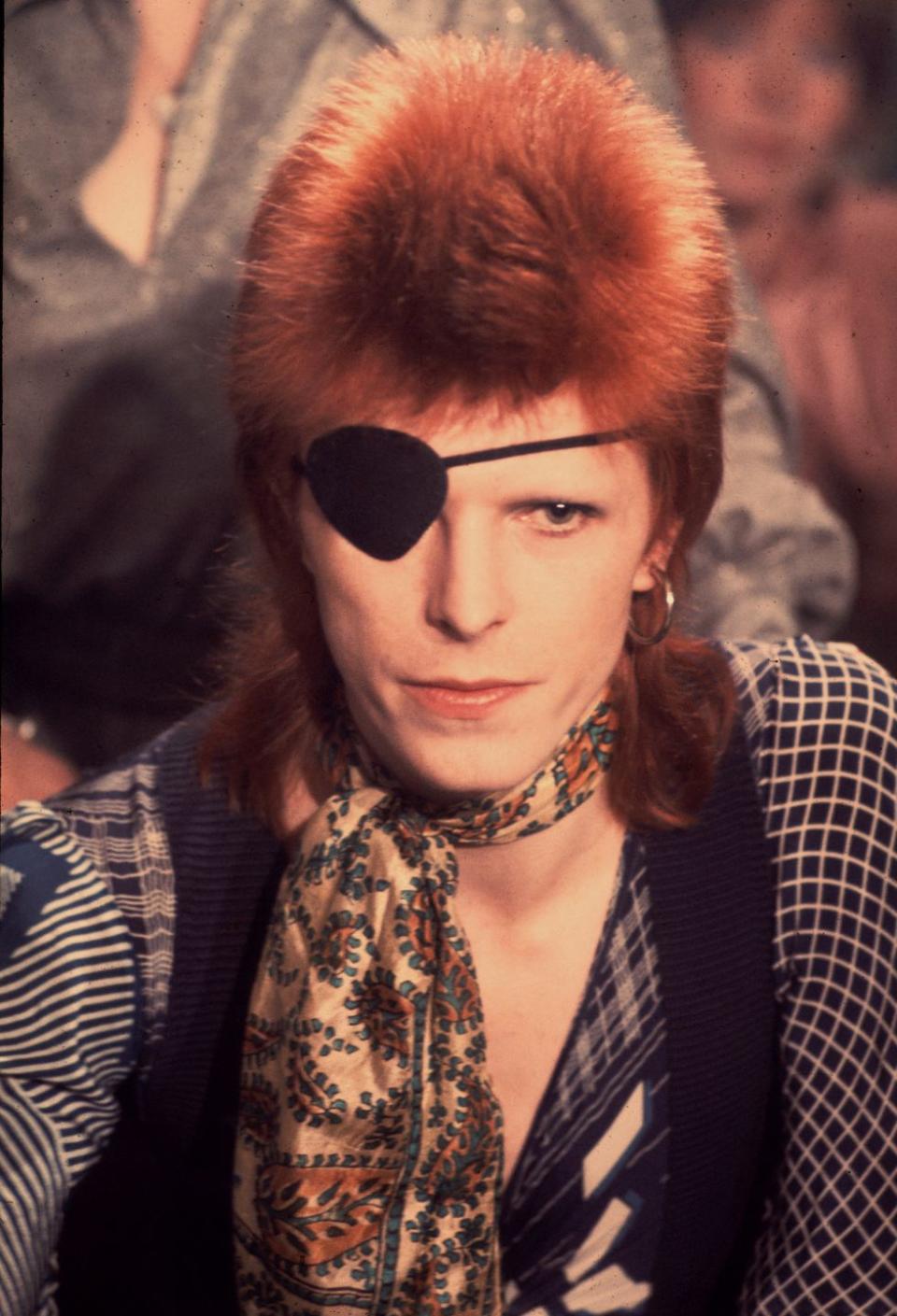
What is a Mullet?
The mullet, put simply, is the civil war of haircuts. There is conflict at foot, despite these warring factions existing on the same piece of land. The tension is inherent and one style, most commonly the one atop the wearer's head, will ultimately win.
In less flowery language: the mullet is when two active haircuts exist at once. The mandatory element is the long backside, which can range from gross neck-length wisps (more on this later) to a full flowing mane in the back. This, as many have clocked, is what Blair is sporting. What disqualifies him from mullet status though is that there also needs to be a conflicting, purposeful haircut on top for it to qualify as a mullet. This can include, but is not limited to: the Caesar, the bowl cut, the military fade, and in chaotic circumstances, a flat top.
The hairstyles that Blair and Academy Award nominee Paul Raci are donning have a certain synergy to them. Whether or not they conjure an aesthetic you enjoy, they constitute but one cohesive haircut. The warring element is not there.

A Brief History of Mullets
In my cursory research of mullets, the hairstyle allegedly dates back to first century AD in native Britain. There were also mentions of it in texts from the six century, which historians refer to as the Hunnic look. But for our lesson today, let's stick with relatively modern history.
The mullet came to popularity most recently in the '70s. Bowie as Ziggy Stardust is probably the most iconic mullet-wearer of the era, but he had stiff competition. Everyone from Rod Stewart to Florence Henderson was tackling the style. It most often involved a choppy cut all the way around, with a front cut that framed the face just so. But, crucially, a mullet is not simply bangs. The whole front/top area of the head is cut short, offering the mullet a sort of formality when viewed square on. It's the haircut version of your mom saying, "Get your hair out of your face." (And the reason it's often referred to "business in the front, party in the back.")
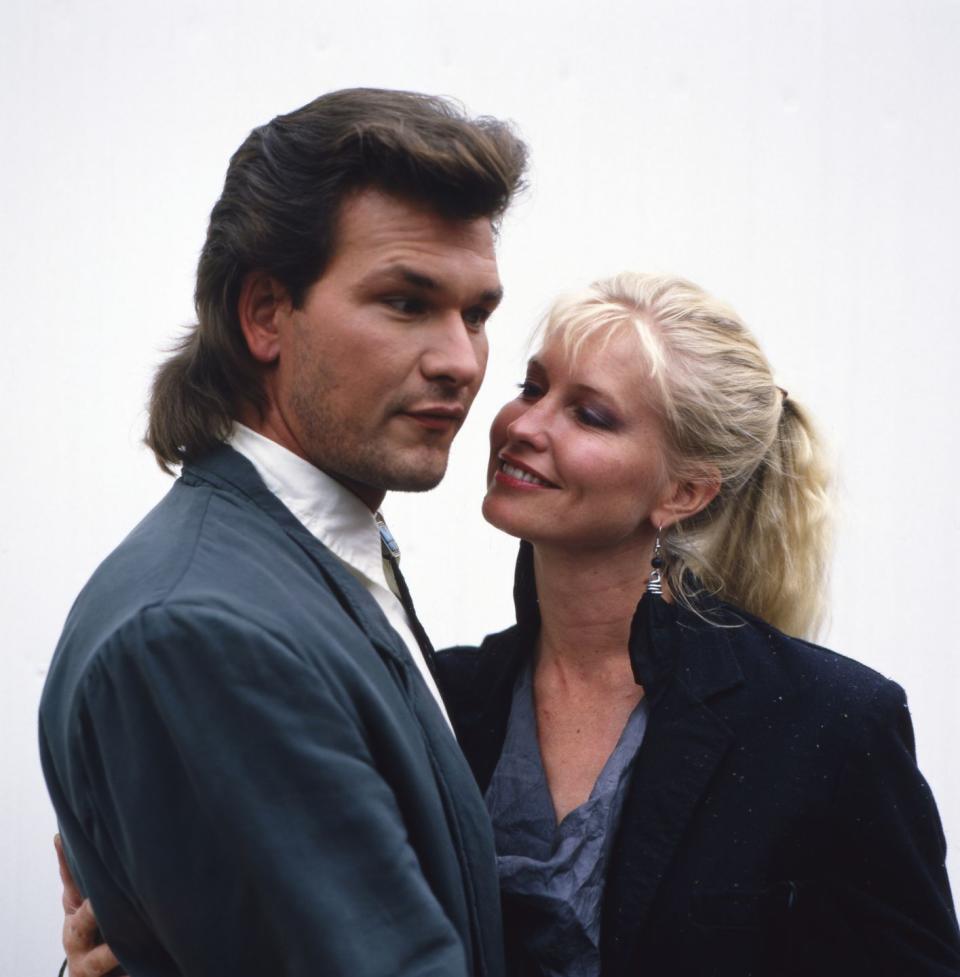
In the '80s, the mullet went mainstream. Swayze had one and, terrifying as this may sound, looked kind of great with it. Kiefer Sutherland, too. Hair metal bands had a ton of 'em, but so did metal metal bands. And as so often happens with this sort of thing, it started to get a bit tame. Meryl Streep and Jerry Seinfeld didn't have classic, full-on mullets, but their versions—still disconnected, with tall coifs up top and long curtains underneath—still paid homage to the classic mullet. We'll call it the Cold War of Mullets, the conflicting factions still at odds, but less willing to escalate the conflict than in years past.
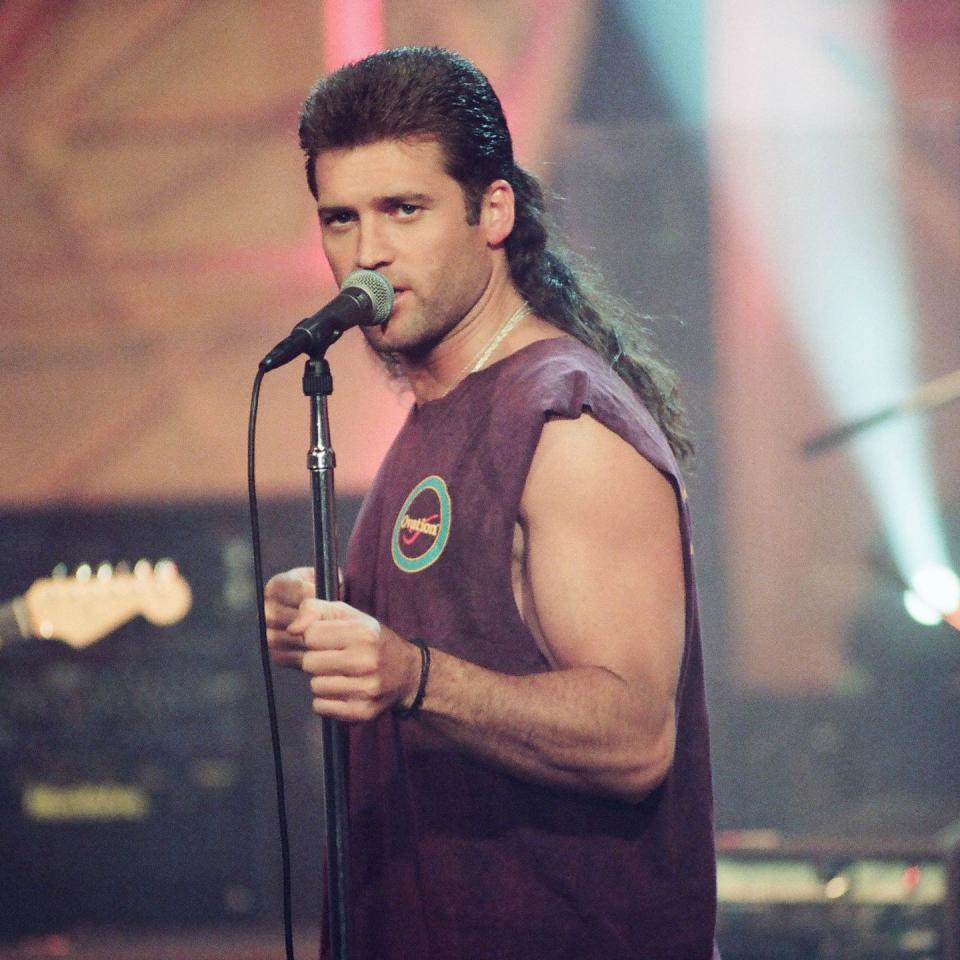
The mullet really saw a chaotic heyday in the early '90s, with country star Billy Ray Cyrus and his breakaway hit, "Achey Breaky Heart" ruling the charts. The haircut wasn't relegated to only music: golfer Jon Daly flexed one of the most beautifully horrific mullets—a bowl cut variation—during the 1992 PGA season. And who could ever forget legendary mullet guy Andre Agassi?
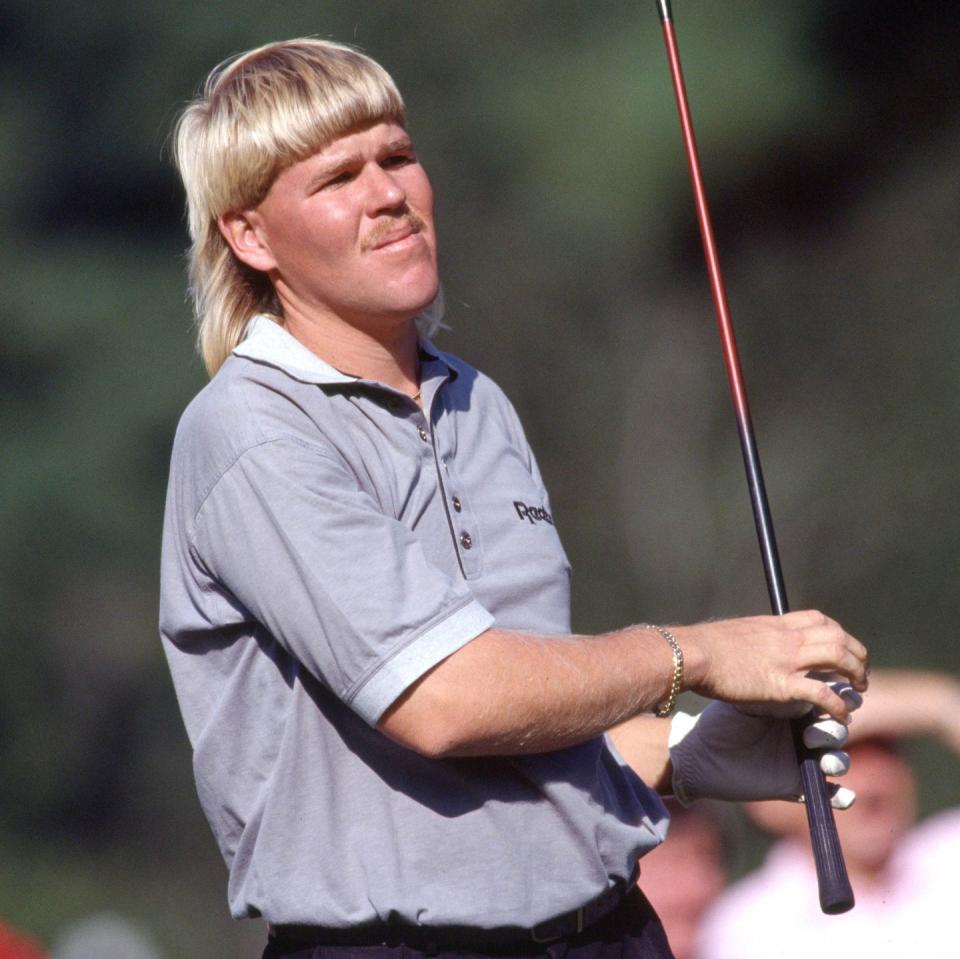
And though mullets continued on into the 21st century, they no longer signified rebel status but a tragic datedness. A mullet on a red carpet elicited more eyebrow raises than nods of approval. The war, for a while, had been abandoned. And then in the 2010s, the fashion mullet arrived, thanks to people like Miley Cyrus, Rihanna, and Zendaya. But the mullet largely stayed in high fashion circles, predominantly worn by women.
What Makes 2021's Modern Mullet a Cultural Moment
What we're seeing in 2021 (and why the assessment of Blair's hair is so far off) is a new life for the mullet. Young men across the board are reclaiming it, regardless of what circles they run in. Race and sexuality? Non-issue. Athletes? Why not. Singers? You bet.
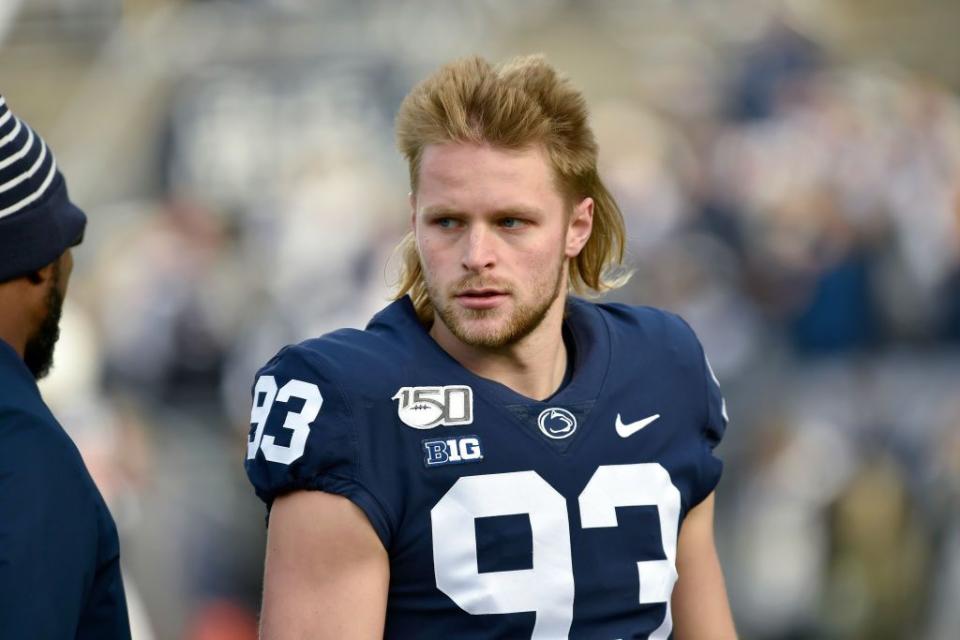
While country star and professional apologist Morgan Wallen proudly wears the more traditional version of the '90s mullet, the mullet of 2021—the Modern Mullet (TM)—is a bizarre middle finger to all conventions of symmetry and social class. In form, the back part of the hair traditionally falls anywhere from little neck-length wisps no longer than an inch, all the way to flowing waves, but the front? The front is an assault on nature, with short, choppy locks that say: at least these kitchen scissors are nice.
And the barriers it's breaking down are wild. When Wallen, professional golfer Cameron Smith, and unapologetically queer twink Troye Sivan all have the same haircut, something is afoot in our culture. I'm not saying that these parties cannot exist together, but the combination of "rural high school baseball team hair stunt" and "queer art kid who can't wait to graduate" is throwing me for a loop.
All of this is to say: Tony Blair does not have a mullet, but we do have a phenomenon on our hands. The mullet is here, again, taking another unusual form. It's uniting us, even as it breaks down barriers of decorum. But hey, at least it's not this.
So You Want to Know How to Get a Mullet
Hoo, boy. I should have figured this was coming. And I did! So I asked Esquire's style director Jonathan Evans for a little advice.
You too want to party in the back while it's business up front? More power to you. I can't say this is an easy look to pull off. It's divisive, attention-grabbing, and weird on purpose. But that's the whole point. So if you're into it, more power to you. First things first, you'll need a decent amount of length to start with to shape your own glorious modern mullet. Then, you'll need to decide how much conflict between the front and back you want.
If it's shock value you're going for, go very short (like, clippers short) on the top and sides, and leave as much length as you can at the back. Bam. Instant Billy Ray vibes. (Bonus: clippers-owning, enterprising folks could even do this at home.) If you're looking for something a bit less, well, Billy Ray, you'll need a stylist to make it happen. Ask for lots and lots of texture, and a smaller disconnect between the length in the front and in the back, while maintaining enough neck fringe to drive home the point. Either way you do it, make sure you're piling on the texture. That means not washing too often—your own natural hair oils help encourage a little separation and wave—and helping things along with a texturizing spray or salt spray. Then, just let it flow. Welcome to Mulletland, friend. Enjoy your stay.
You Might Also Like

